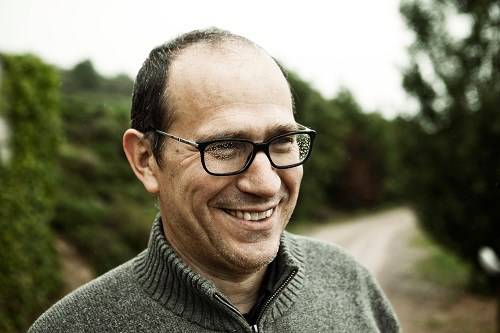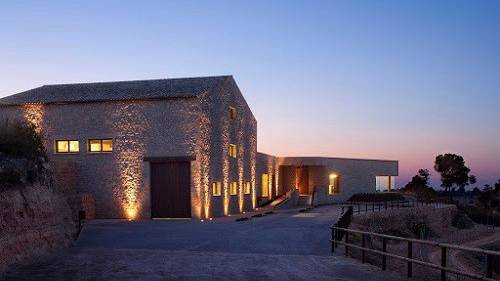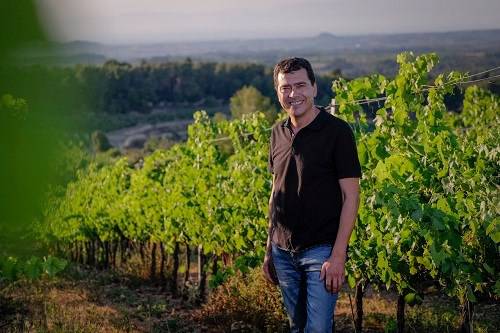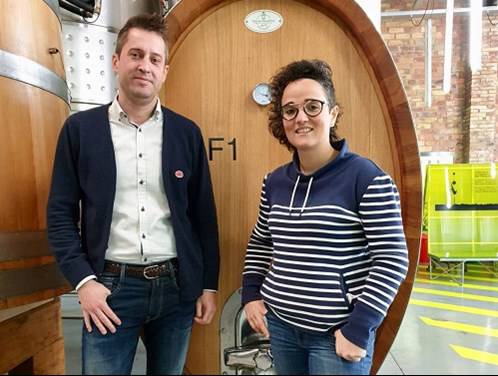Although we are still locked up in our homes, nothing keeps us from mentally travelling to other places, so today we are going to take a little trip around an interesting wine-growing area of Catalonia.
This is a place that perhaps, only perhaps, is not a trend for many trigger-happy instagrammers today, as many of the varieties that are giving them such good results are not necessarily their own. Although they also have a good handful of more "local" grapes.
Costers del Segre, is a small Apellation of Origin from Lleida, located at the foot of the Pyrenees. It has nearly 36 wineries, 4,000 hectares of vineyards and more than 400 winegrowers. Its vineyards are scattered throughout the province, so it offers a wide range of vineyards depending on whether they are located nearer or further away from the Pyrenees. There is therefore a great heterogeneity in the area that makes it difficult to frame all of its wines. They range from the hot vineyards of the fruit-growing area of Lérida (Lleida), to the high corners of the north, where you can find interesting vineyards lost in its sinuous nooks and crannies. It is therefore an area that goes from sky to earth and where the search for differentiation is hard work but not impossible.
The nexus between its seven subzones is the middle basin of the river Segre, between the Pyrenees and the Ebro river. There are producing areas throughout the province, but there are two particularly interesting blocks. These are the vineyards which, due to their position relative to the Pyrenees, enjoy a high altitude. Such is the case of Artesa de Segre and Pallars, with their vineyards on slopes, and also the subzone of Les Garrigues, where a complex orography is formed thanks to the action of the rivers born in the Sierra de la Llena, which over time were able to form valleys, ravines (and also interesting plains), which allow different orientations to be sought in the vineyard in a natural way, taking advantage of the existing slopes. Wherever it is, Costers del Segre has wineries of great importance for anyone who wants to delve deeper into its lands and its wines, a handful of brave wine makers who struggle daily to offer something unique and different from their own harvest, but without forgetting to pay tribute to the place where their grapes grow.
If there is one figure in the area who has managed to position Costers on the wine map of good wine enthusiasts, it has been Raúl Bobet, from Castell D'Encus, an essential and notable figure in the wine scene, one obsessed with the search for his own style and the freshness of his wines. In 2001, this oenologist looked for a place to develop a unique project, seeking to avoid the harmful effects of climate change. This search led him to settle in Pallars Jussà, one of the most interesting areas in the area, where he has an altitude of 850-1250 m above sea level, in a place where there were once vineyards, but time had erased them. Its wines have been pioneers in the area, managing to make a stylistic turnaround in the area, opening up a panorama of great interest in the concept of mountain wines. Raúl Bobet will surely not welcome being called a hands-off producer, but we do so willingly, knowing that his work today more than ever is focused on the search for a minimum and necessary intervention, seen through a solely empirical prism. Likewise, we are convinced of his obsession with each and every one of the wine processes, starting in the field and ending in the winery. This is the only way to understand the uniqueness of many of his wines, be it the multi-varietal Quest or his syrah Talarn, which every year are positioned among the best rated wines in the whole DO. Recently we had the opportunity to taste their sparkling wine Taïka 2014 Brut Nature (semillon and sauvignon blanc), a long aging sparkling wine (60 months) with rich nuances of yeast, and a unique freshness. It is a wine of great precision, in which the fermentation was stopped when the wine had enough sugar level to make the second fermentation in the bottle, without the need to add more.

 Log in
Log in











